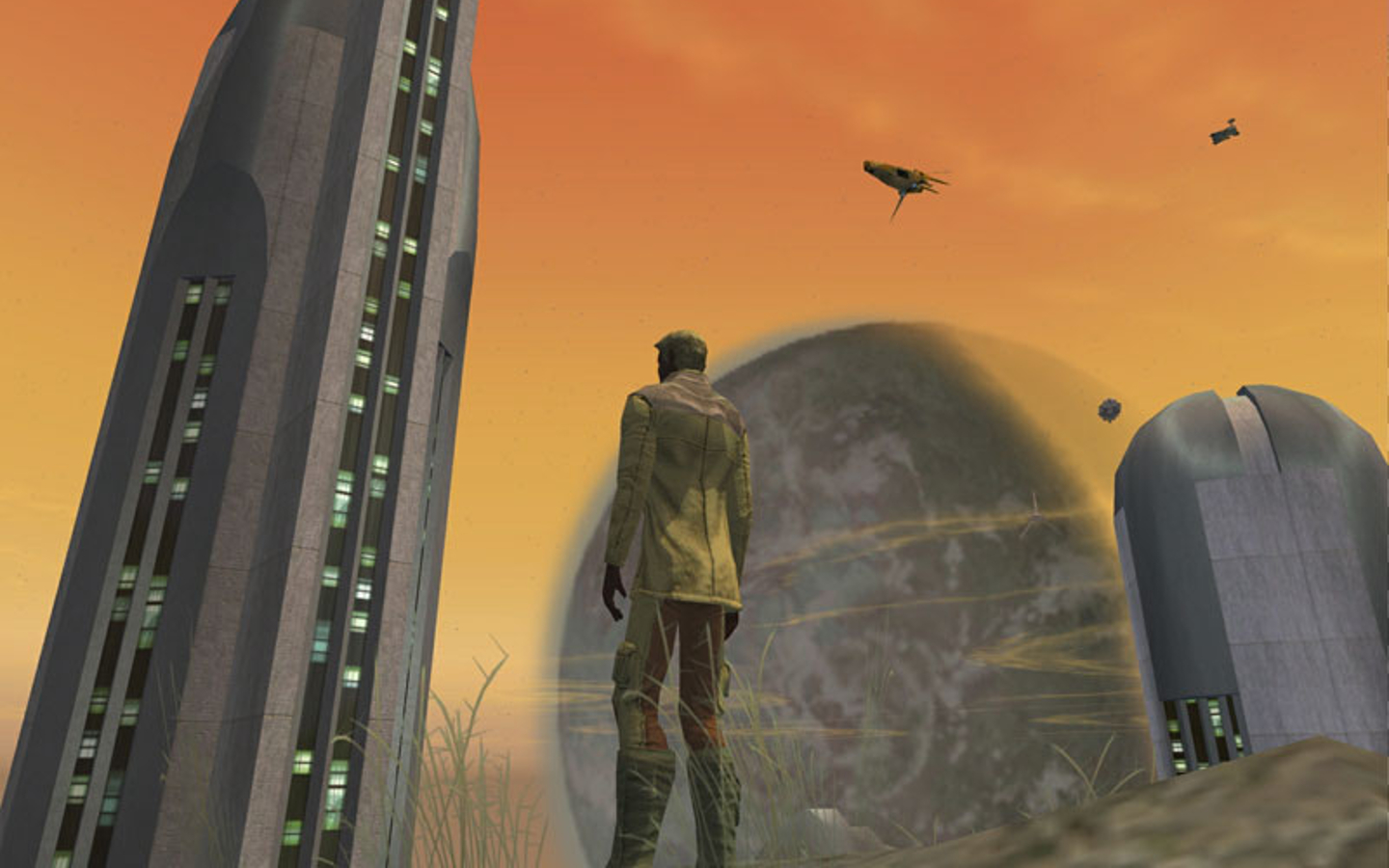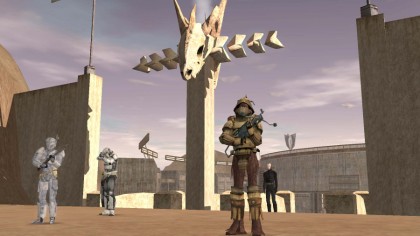How Star Wars: Galaxies could have changed the world
A hugely ambitious MMOG which was ultimately undone

This article was supplied to Techradar for PC Gaming Week by Edge magazine. Follow Edge on Twitter here. Click here for Edge subscription offers.
The game's scope could belong to an unlikely sounding Kickstarter pitch, so perhaps it's little wonder that Sony Online Entertainment shuttered its Star Wars MMOG in December 2011. In its final form, Star Wars Galaxies was a mess of contradictory creative urges whose design and technological foundations had been stripped out from under it – but it was an ambitious mess, the type of game that players often ask for but rarely get.
- Check out the best Star Wars games of all time
Galaxies' creative director, Raph Koster, had been a lead designer on Ultima Online. In the view of Koster and his team, an MMOG was a persistent world driven by systems that emphasised player participation at every level. If the player wanted to be an adventurer, the logic went, then they should be an adventurer in an ecosystem that also included craftsmen, doctors, dancers, pilots and farmers. If an aspiring Han Solo wanted a drink, then they should be able to buy one from a player who – for whatever reason – aspired to be that bartender from the Mos Eisley cantina.
A new hope...
It was a less strange fit for the Star Wars licence than you might think. The game's development overlapped with the early part of the prequel trilogy, and its developers had chosen to set the game in the period between A New Hope and The Empire Strikes Back. Star Wars Galaxies was, then, far more influenced by the work done in Star Wars' expanded universe through the '80s and '90s than it was by the new films being produced by Lucasfilm.
It has a place in a line of Star Wars work that begins with the original trilogy and extends through novels by authors such as Timothy Zahn and Michael Stackpole, the Dark Horse comics, and simulator-style games such as X-Wing Vs TIE Fighter. The expanded universe treated Star Wars as a world with depth upon which the original films had only touched. It was an ideal fit for the type of MMOG that Koster and the Galaxies team set out to make.
When the game launched in 2003, creating a character meant entering a complex simulation. Your choice of race, for example, determined which languages your character could speak. The majority spoke Basic (see also: English) plus one other language specific to them, while Wookiees could speak only Shyriiwook (see also: Chewbacca).
Each language constituted two different skills – listening and speaking – and players could teach these skills to one another. Language spread like a virus: wookiees picked up an understanding of Basic from humans, who might in turn learn to speak Twi'lek or Huttese. Roleplay, community and play merged in a single system – a good metaphor for Star Wars Galaxies' broader ambitions.
Get daily insight, inspiration and deals in your inbox
Sign up for breaking news, reviews, opinion, top tech deals, and more.

Classless society
Instead of classes, Star Wars Galaxies gave each character a budget of skill points to spend on professions that could be freely mixed and matched in whole or in part. Interdependency between players was encouraged. Light injuries would heal over time, but more serious wounds would not. These would require the attention of a player medic, often found in medical centres where they received a bonus for their work. Similarly, you might choose to buff your stat pools with food created by a chef or go to a cantina, where player musicians and dancers could offer buffs to experience gain.
When it worked, this created a wonderful sense of place. Players came up with get-rich-quick schemes for themselves or took up jobs to pay the bills on their way to something else. You might start a mining company just to save enough money for an expensive off-world shuttle, and once on that other world you might decide to settle down and never come back.
If you were looking for a new blaster, you would scan listings for advertisements from players, journey to their shops in player-built cities, and buy what you wanted from customised NPCs in buildings that had been decorated through an elaborate object manipulation system (with the help of player architects and interior designers, naturally).
When it did not work, in those early days, it was because of balance problems. A niche combat discipline, Teräs Käsi, was discovered to be much more powerful than any other way to play. It was a form of Star Wars kung fu invented for a fighting game on the original PlayStation and, through developer oversight, it came to define early Star Wars Galaxies. Roleplayers inclined to play the game 'as intended' struggled in the new ecosystem, which was defined by space karate.
Doctors, realising their clientele were in a hurry, relocated to areas outside of starports on hub worlds. You have to understand Star Wars Galaxies both in terms of what it could be and what it frequently was. What it could be was a game where evocative Star Wars narratives were generated on the fly by a complex set of social systems. What it frequently was was a game where players in identical armour holding knuckle dusters queued for buffs from a man in a coat in the rain.